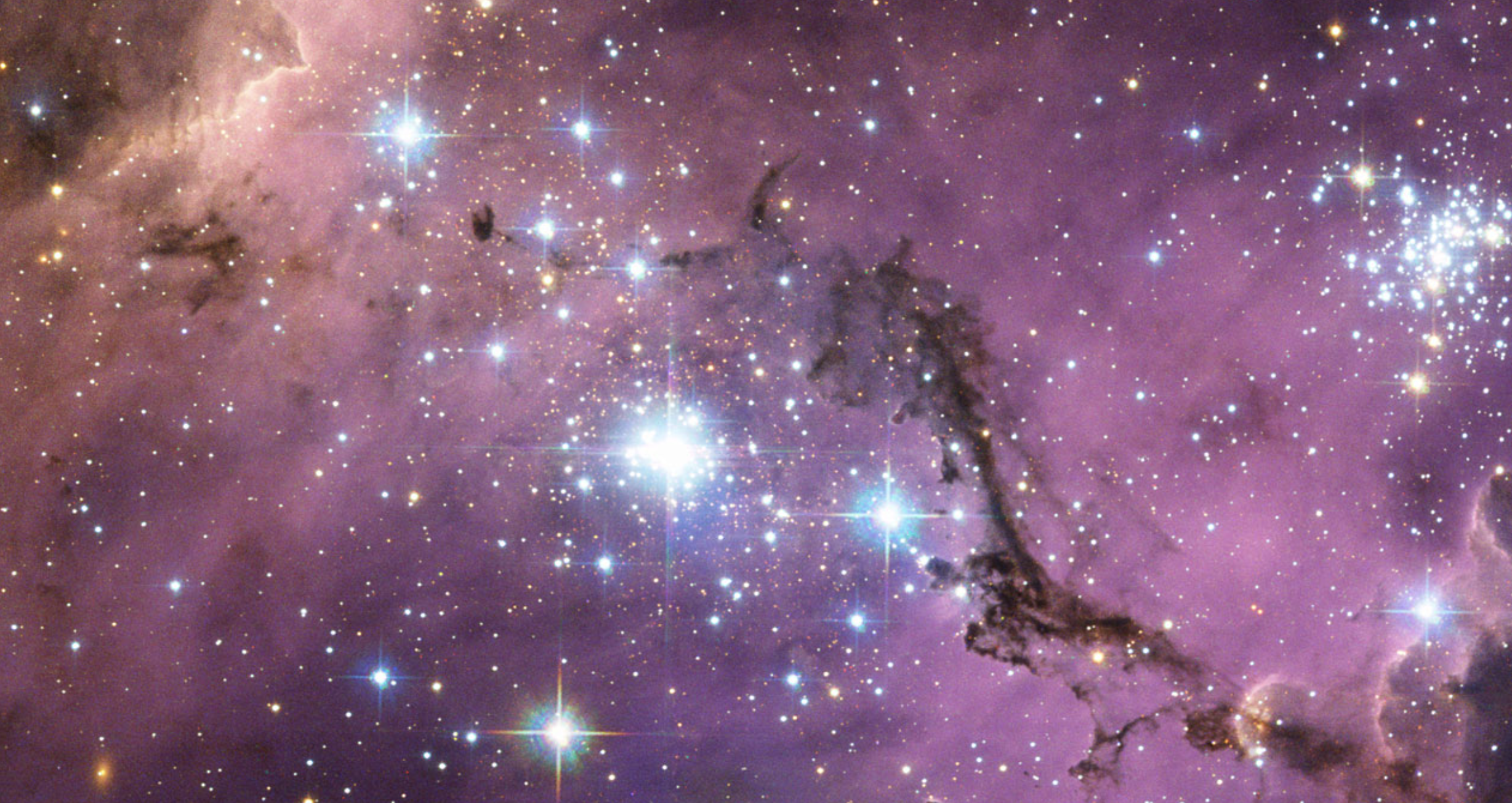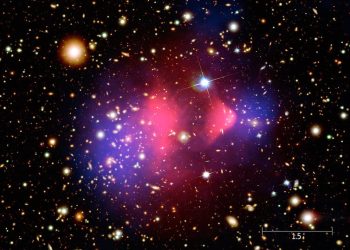In 1998, the discovery that our universe is expanding at an accelerating rate left scientists scrambling for explanations. This led to the introduction of dark energy, a mysterious force that permeates all of space-time but cannot be detected directly. Despite its central role in cosmology, dark energy has long been a source of unanswered questions. The standard cosmological model, while widely accepted, has failed to resolve key issues such as the cosmological constant problem and the fine-tuning problem.
Now, a team of researchers at Kant Baltic Federal University (BFU) has presented a new, viable alternative—a holographic dark energy model. Their groundbreaking findings were recently published in Physics Letters B, offering new hope for addressing the fundamental mysteries of the universe.
A New Way of Thinking: The Holographic Principle
At the core of this new approach is the holographic principle, an idea rooted in quantum gravity and string theory. According to this principle, everything within a given volume of space can be described by data located on the boundary of that space. In simpler terms, the universe itself could be thought of as a kind of hologram, where its properties are defined not by what’s inside but by what’s on its surface.
“This model gives us a fresh perspective on why the universe is expanding at an accelerating pace. The holographic principle allows us to look at the universe in terms of its boundaries rather than its interior,” explains Alexander Tepliakov, a junior researcher at BFU’s laboratory for mathematical modeling of complex and non-linear systems.
Overcoming Past Limitations
While the concept of holographic dark energy was proposed as far back as 2004, it has historically faced one significant hurdle: instability. Dark energy is often thought of as a fluid that evenly fills the universe, and fluctuations in this fluid are analyzed using a parameter known as the “square of the sound velocity.” If this value turns out to be negative, the model is considered unstable. Previous attempts at holographic dark energy models consistently encountered this issue, rendering them impractical for explaining the universe’s behavior.
The BFU research team took a different approach. Instead of treating dark energy as a fluid, they modeled it as a series of perturbations, accounting for the underlying metric properties of space-time. This change in perspective led them to a groundbreaking discovery: the holographic dark energy model is, in fact, stable.
“With this stability established, the next step is to compare our model with real-world observational data, particularly those from space-based telescopes. In 2024, we expect to gain access to highly precise measurements, such as redshift data from Type Ia supernovae and baryon acoustic oscillations. These comparisons will help us determine how well our model fits the actual universe,” Tepliakov continues.
While still in its early stages, this new model has the potential to revolutionize our understanding of dark energy and its role in the expanding universe. If future comparisons confirm its accuracy, this model could pave the way for new explorations into the fundamental nature of our universe, addressing long-standing questions about dark energy and the fabric of space-time itself.











